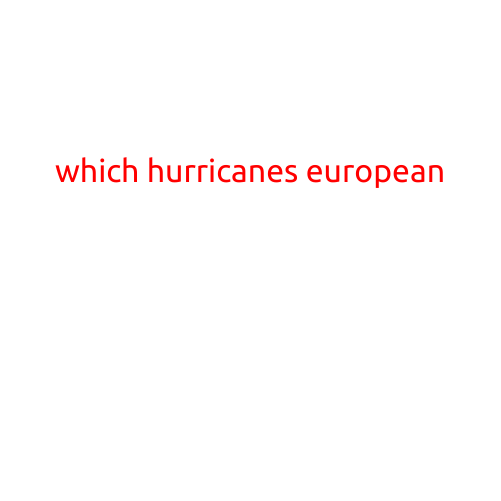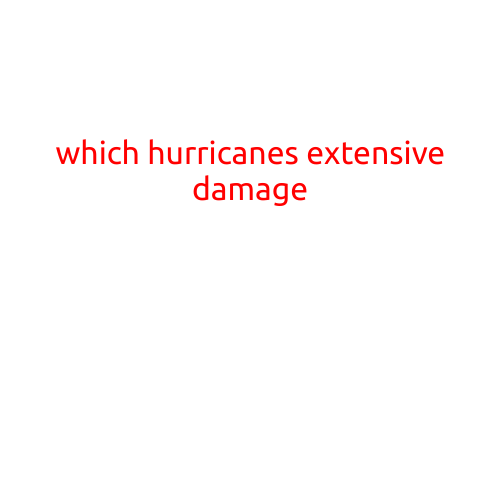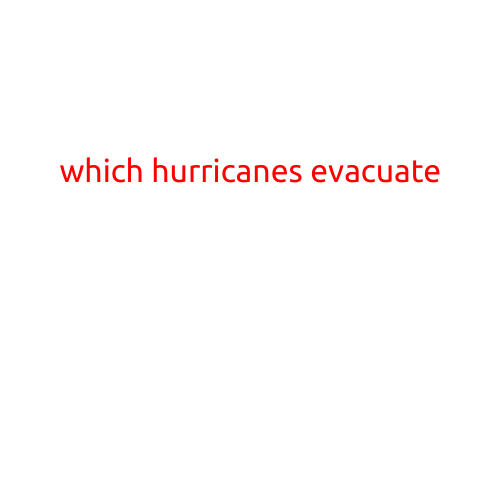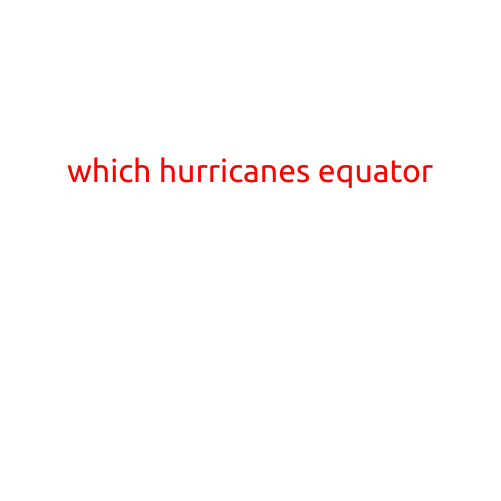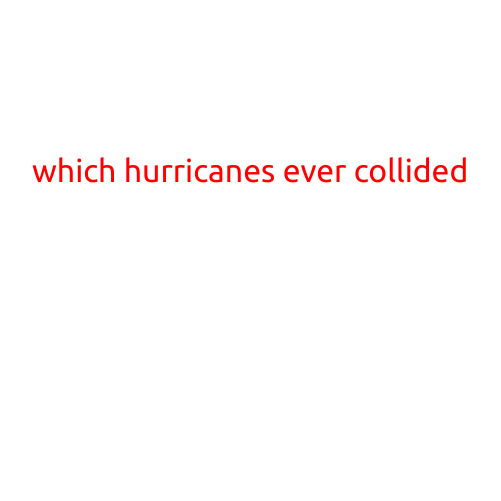
Which Hurricanes Get an “Eye”?
Hurricanes are powerful storms that can bring catastrophic damage to coastal communities. One of the most striking features of a hurricane is its “eye,” a calm and relatively cloud-free center surrounded by a ring of intense thunderstorms. But which hurricanes actually develop an eye, and what factors contribute to their formation?
What is a hurricane eye?
The eye of a hurricane is a circular area of relatively clear skies and calm weather that forms at the center of the storm. It is surrounded by the eyewall, a ring of towering thunderstorms that can produce heavy rainfall, damaging winds, and storm surges. The eye is created when the storm’s winds rotate around it, creating a region of low pressure at the center. This low pressure pulls air upwards, creating clouds and precipitation, which in turn fuels the storm’s circulation.
Which hurricanes get an eye?
Not all hurricanes develop an eye. In fact, some storms, known as “ Tropical Depressions,” do not have distinct eyes. However, many major hurricanes do develop eyes, especially those with wind speeds over 110 mph (177 km/h). It’s estimated that around 40-50% of hurricanes develop eyes, with some studies suggesting that this number may be higher due to improvements in storm monitoring and forecasting.
Factors that contribute to eye formation
Several factors contribute to the formation of a hurricane eye:
- Wind speed: Hurricanes with wind speeds over 100 mph (161 km/h) are more likely to develop an eye. Faster winds create stronger circulation patterns, which can lead to the formation of a distinct eye.
- Storm size: Larger storms are more likely to develop an eye, as they have more energy and circulation to fuel the formation of clouds and precipitation.
- Amount of moisture: Hurricanes that formed over warm ocean waters rich in moisture are more likely to develop an eye. Moist air helps to create clouds and precipitation, which in turn fuel the storm’s circulation.
- Wind shear: Hurricanes that experience low levels of wind shear, a change in wind direction and speed with height, are more likely to develop an eye. Wind shear can disrupt the storm’s circulation, making it difficult for an eye to form.
Examples of hurricanes with eyes
Some notable examples of hurricanes with distinctive eyes include:
- Hurricane Katrina (2005): One of the most destructive hurricanes in U.S. history, Katrina’s eye was well-defined and caused extensive damage along the Gulf Coast.
- Hurricane Andrew (1992): This Category 5 hurricane devastated southern Florida, with its eye passing directly over the city of Homestead.
- Hurricane Irma (2017): One of the strongest hurricanes to hit the Atlantic, Irma’s eye caused widespread damage and power outages in the Caribbean and Florida.
- Hurricane Maria (2017): This Category 5 hurricane caused catastrophic damage to Puerto Rico and Dominica, with its eye causing widespread flooding and destruction.
In conclusion, not all hurricanes develop an eye, but many major storms do. The formation of an eye is influenced by factors such as wind speed, storm size, amount of moisture, and wind shear. Understanding these factors can help improve hurricane forecasting and preparedness.
